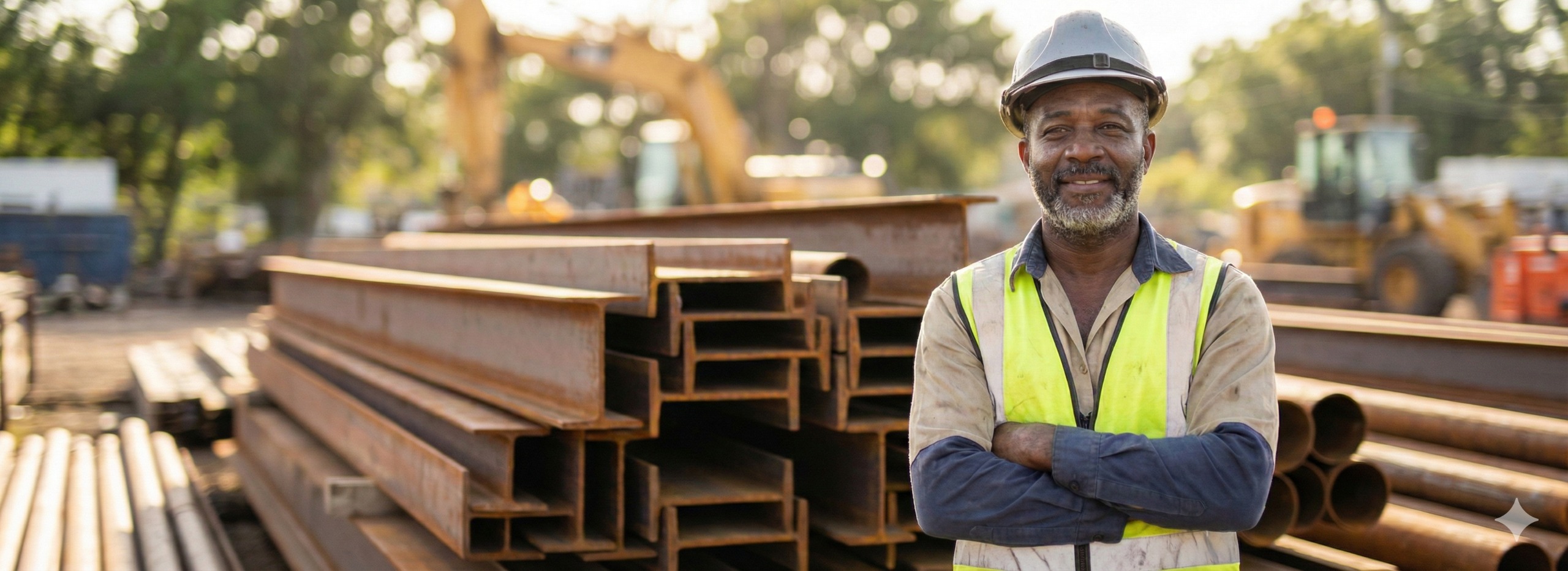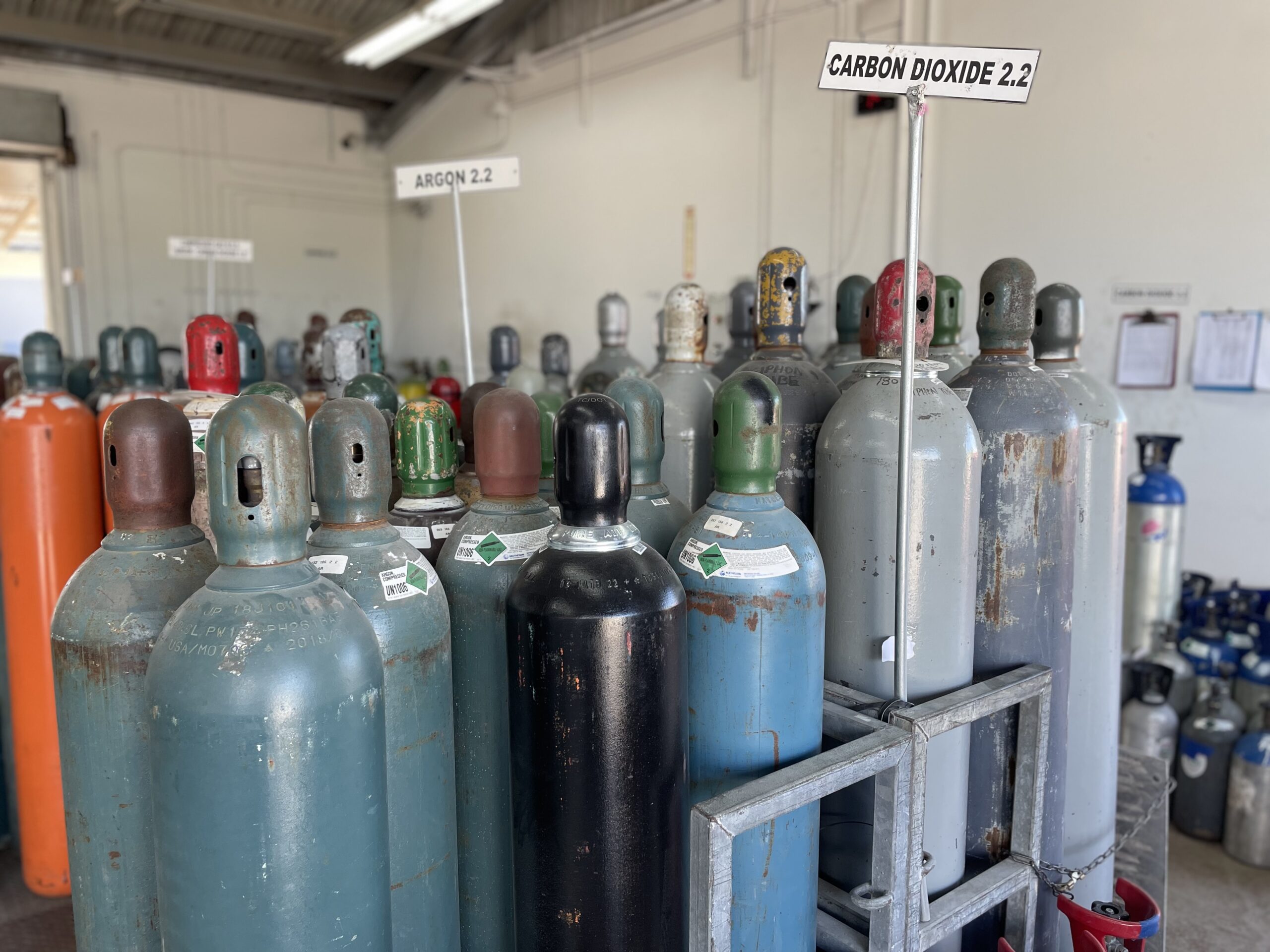Respiratory Protection: The Key to Healthier Living

Respiratory Protection: The Key to Healthier Living
Why Respiratory Protection Matters
Breathing is something we often take for granted, at least until the air around us isn’t as pure as it should be. Whether it’s dust on a construction site or airborne contaminants in a medical setting, the quality of the air we inhale directly impacts our health.
At Pure Air, we provide respiratory protection for professionals of various industries. Understanding the different types of respiratory protection that’s available, such as masks and respirators, can make all the difference.
Why Respiratory Protection Matters
Whether you’re working in a high-risk environment or simply want to shield yourself from airborne contaminants, respiratory protection is essential. Here’s why:
- It keeps harmful particles out: Properly fitted masks and respirators act as a barrier, filtering out pollutants before they enter your lungs.
- It reduces long-term health risks: Prolonged exposure to air pollutants can cause chronic respiratory conditions, but the right mask can help minimize this risk.
- It enhances workplace safety: For those in construction, healthcare or industrial settings, wearing a respirator isn’t just recommended, it’s often a requirement.
Long-term exposure to these pollutants can lead to respiratory issues, fatigue and even more severe conditions like lung disease. That’s where respiratory protection comes in to help you take control of the air you breathe.
Who Needs Respiratory Protection?
While respiratory protection is beneficial for everyone, it’s a must-have in certain industries where air quality is compromised.
- Healthcare Professionals: Doctors, nurses and first responders rely on high-quality masks to protect themselves from airborne pathogens. N95 respirators are a staple in medical environments.
- Construction & Industrial Workers: From sawdust to toxic fumes, construction sites and factories expose workers to a range of airborne hazards. P100 masks and reusable respirators are often essential in these environments.
- Hazardous Material Handling: Anyone working with chemicals, paints or solvents knows the importance of keeping fumes out of their lungs. A high-grade respirator can make all the difference.
Masks vs Respirators
When it comes to filtering out contaminants, understanding your options is crucial as they each serve a different purpose.
Masks are designed to provide basic protection against large droplets, dust and mild pollutants. While respirators offer greater protection, coming as half-face or full-face coverings that provide a tight seal and filter out fine particles, airborne contaminants and other hazardous substances.
N95 & P100 Respirators– What’s the Difference?
The two most common respirators are N95 and P100. N95 respirators filter out 95% of airborne particles, including dust, smoke and allergens. They’re commonly used in healthcare and industrial settings where the particles from the pollutant are not too small.
P100 goes a step further, blocking 99.97% of particles, including oil-based contaminants. These respirators are ideal for hazardous work environments where exposure to harmful chemicals is a concern.
Disposable vs Reusable Masks
Both disposable and reusable masks can be great options for protection. Deciding which to use depends on its intended purpose.
Disposable masks are lightweight, convenient and ideal for short-term use. They are perfect for those with only occasional exposure to pollutants, however they require frequent replacement.
Reusable masks are designed for long-term use with replaceable filters. This is a great investment for those needing regular protection.
The Importance of Fit and Seal
Even the best mask in the world won’t work if it doesn’t fit properly. A proper seal prevents unfiltered air from coming in around the edges. Here’s how to test if your mask fits correctly:
- Check for gaps: Press the mask against your face and make sure there’s no air leakage around the sides.
- Perform a seal check: Inhale deeply. If you can feel air enter from around the edges, adjust the straps or try a different size.
Comfort matters when choosing a mask. If it’s too tight or uncomfortable, you’re less likely to wear it consistently. Find a mask that balances protection with wearability.
At the end of the day, clean air is non-negotiable. Whether you’re on the job or navigating everyday life, protecting your lungs should be a priority. Investing in the right mask or respirator means taking control of the air you breathe and safeguarding your well-being.
At Pure Air, we’re committed to providing top-tier respiratory protection designed for real-world needs. Because when it comes to your health, only the best will do.
Contact us to explore our range of respiratory protection today.
More articles

Why Steel Remains One of the Most Reliable Materials in Modern Construction
Steel has been a foundational material for decades - and for good reason. From large-scale commercial buildings to industrial fabrication...
Read More
The Benefits of Custom Gas Mixes for Your Business
When it comes to industrial operations, precision matters. At Pure Air, we understand that every business has unique needs, and...
Read More
The importance of hydration & power of electrolytes
In the Cayman Islands, we’re blessed with hot, sunny weather year round. For tradesmen who spend their days outdoors, whether...
Read More
